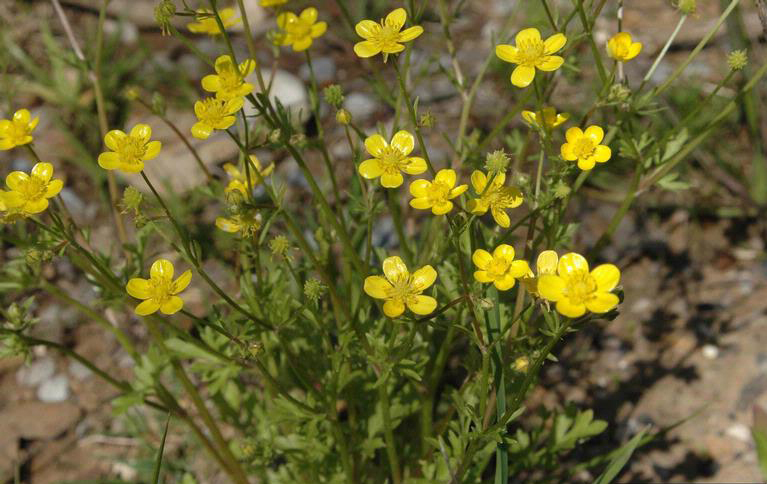 CAES News
CAES News
Buttercup Control
Spring has undoubtedly arrived in Georgia. Local pastures and lawns remind me of the lyrics from “America the Beautiful,” “Oh beautiful, for spacious skies, for amber waves of grain.” Except that almost every call this week has been about amber waves of buttercup, something that neither livestock nor humans like to eat.

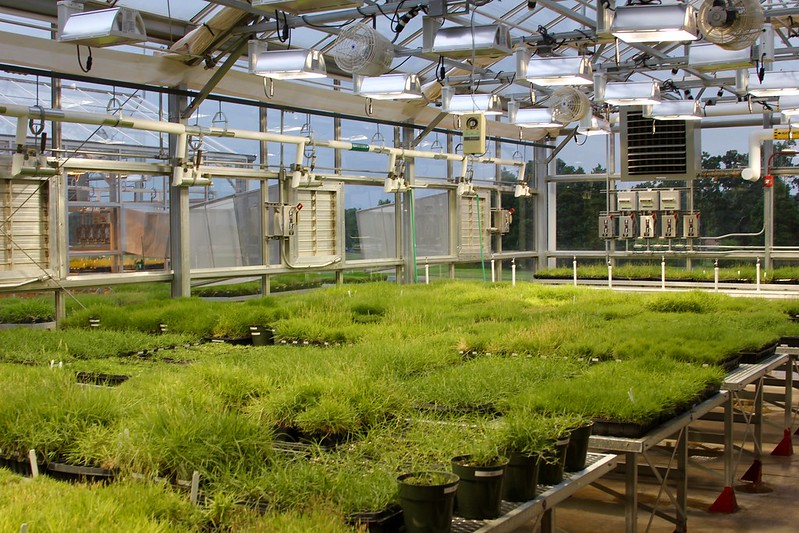

.jpg)
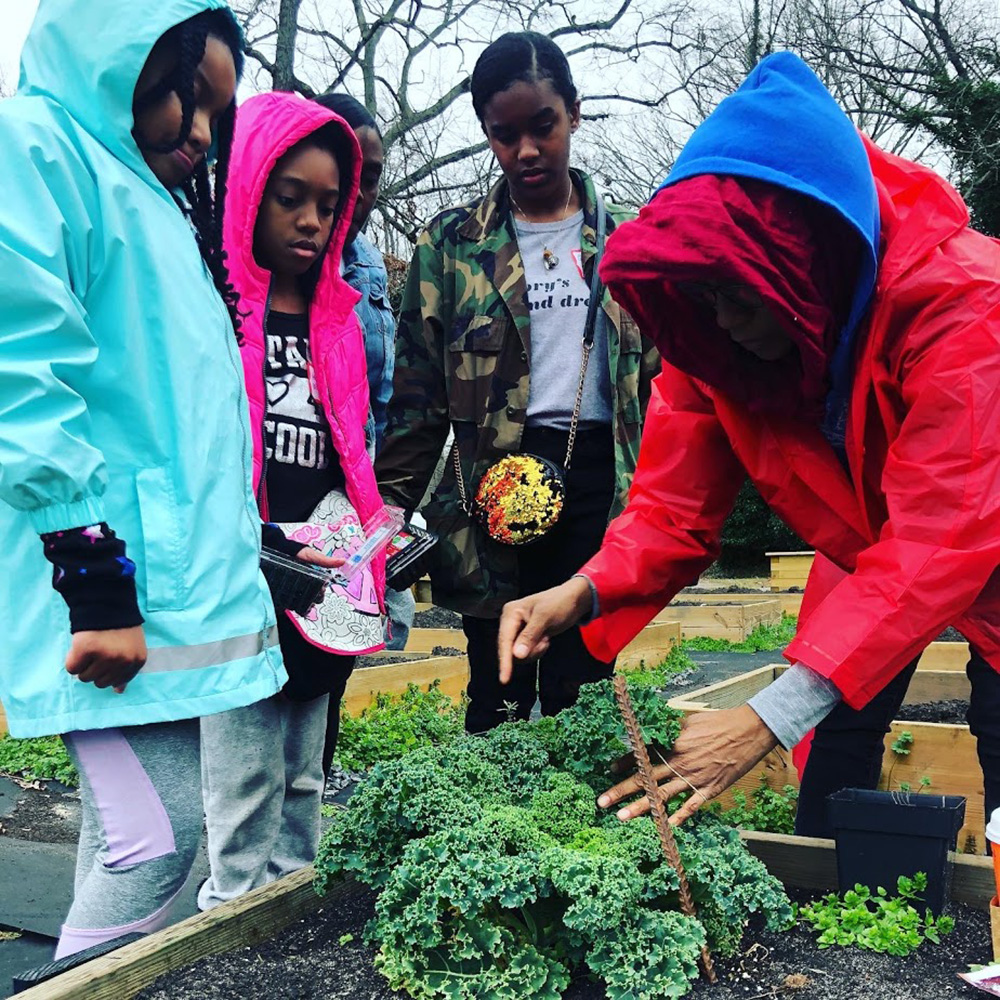
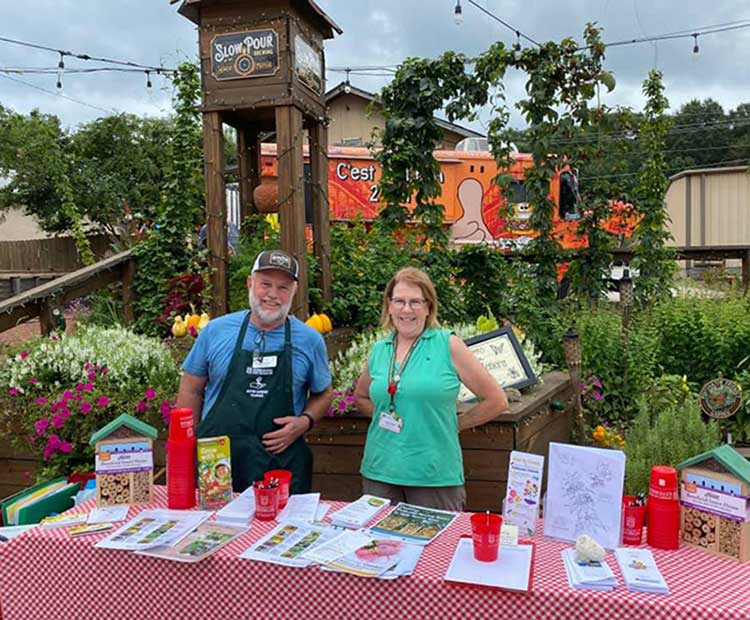
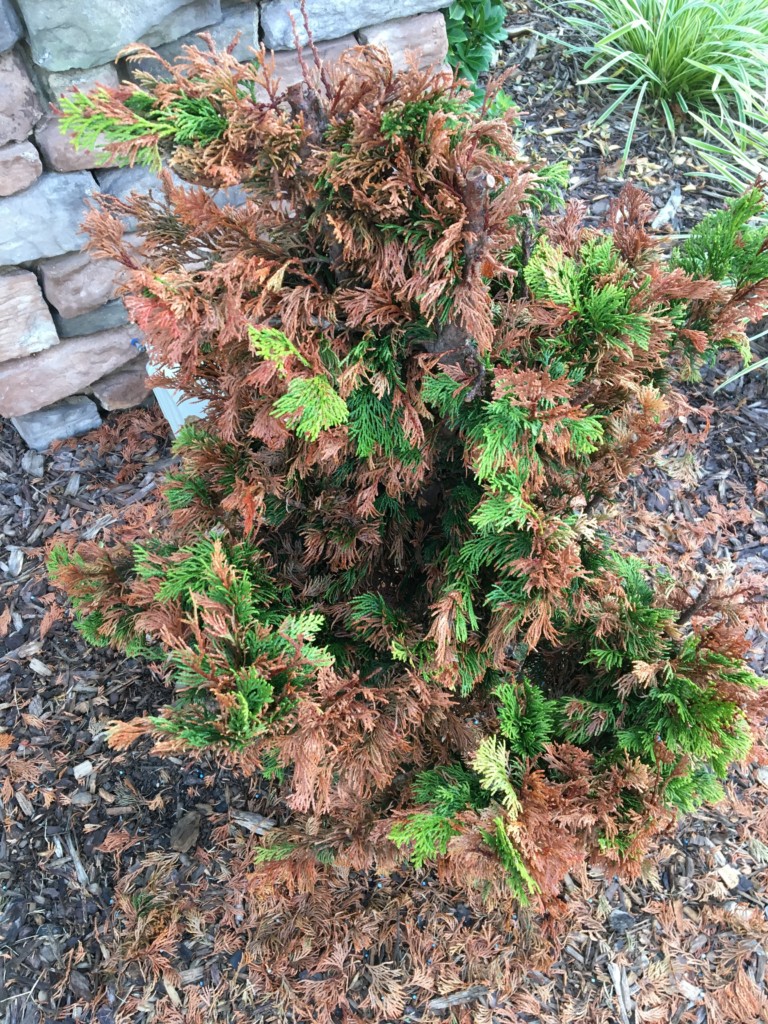
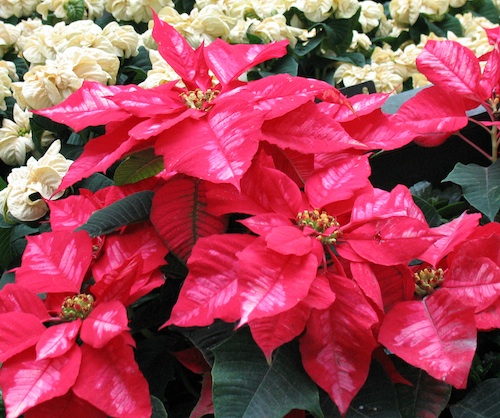
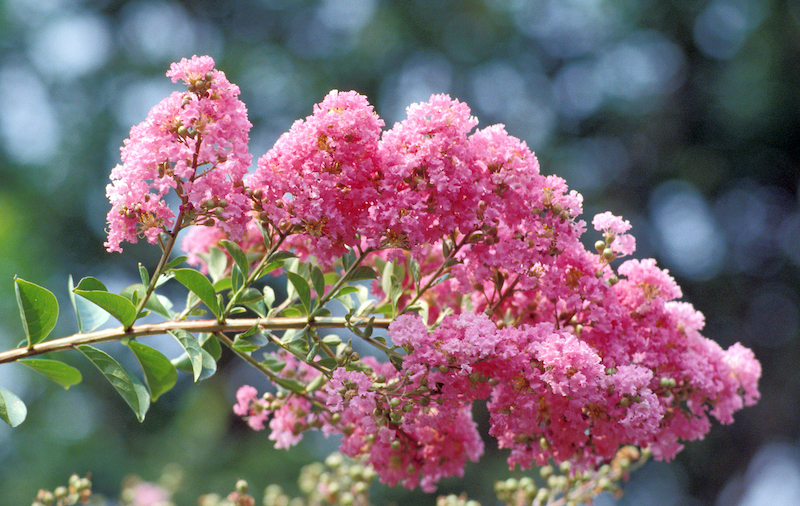
.png)